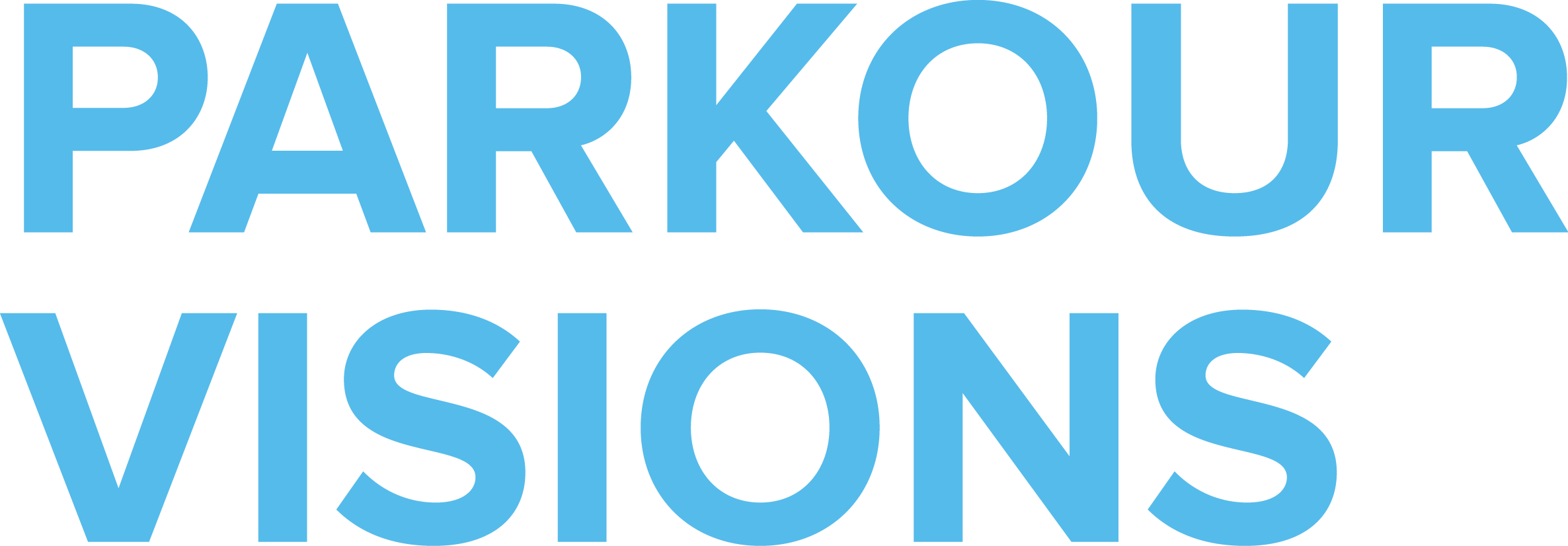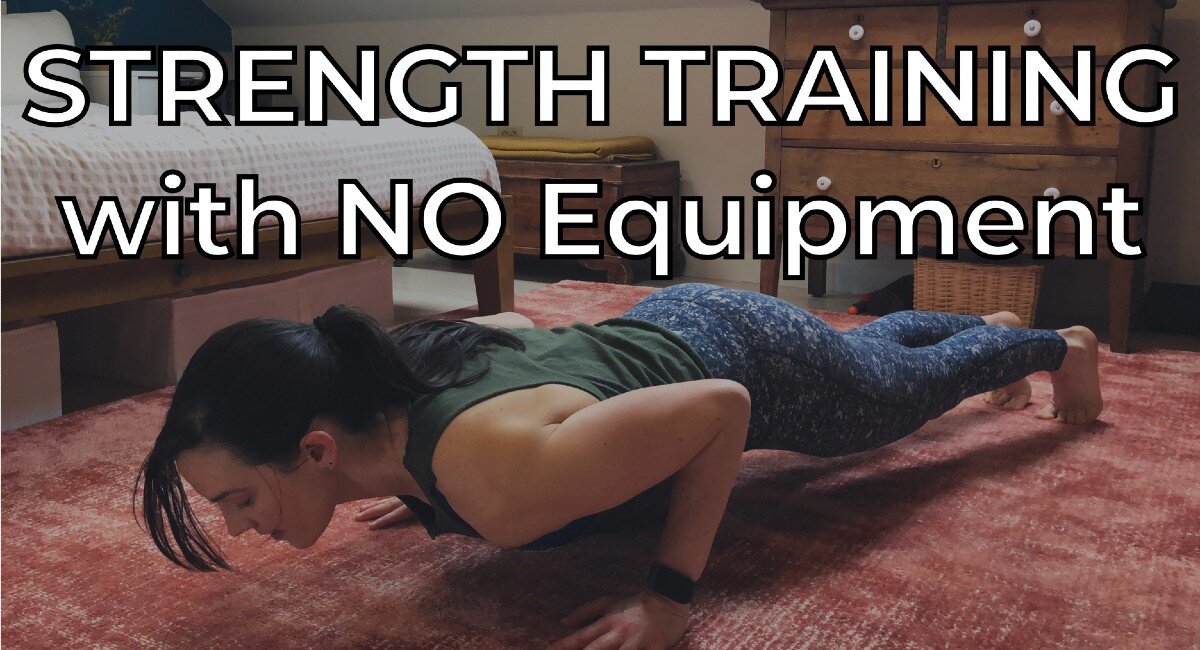Easy Strength Training With NO Equipment
Confession. I haven’t been strength training much in the past two months. Gyms are closed, home equipment is on backorder, and life is generally upside down. And although I know exactly how to do bodyweight strength training at home, I have trouble summoning the motivation.
And you know what? That’s okay. The shutdown has been stressful. For now, I’ve decided to focus my movement practice on what feels good to me. Some days I don’t do much, but some days I need to be active, even if it means just doing squats and pushups.
When things feel uncertain and out of my control, strength training makes me feel strong and capable. Counting reps and feeling my muscles work hard makes me feel more alive in my body and gives me a sense of accomplishment.
I wrote this simple home strength training routine that can be adapted to what your body needs right now. Start with 5 minutes; if you have more energy, do more!
Why these exercises? I chose these exercises partly because they are familiar, and therefore easier to get started with. Plus movements like squats, push-ups, and dips are full-body exercises directly related to everyday, functional movements.
This workout is great for everyone. For the parkour athlete, this routine will help you maintain your strength and explore new movements.
How many repetitions should you do? I shoot for 2 or 3 sets of 5 to 10 reps for each exercise. If that’s too easy, I’ll choose a harder progression. If I can’t do at least 3 sets of 3, I choose an easier progression.
Remember, don’t pressure yourself. Always make sure to listen to your body and adjust if anything feels off. If you’re a beginner, start slow and learn proper technique. If you have more experience, you can get creative and try new variations.
Get Started with These Two Movements
Squats
Push-ups
The easiest squat progressions are the chair or box squat and the air squat. I love to play with squat variations because we use our legs every day. For harder progressions, you can try the Bulgarian split squat and single-leg squats.
Easier push-up progressions include the negative push-up and the incline push-up (push up from a desk, stair, or even a wall--you can go lower as you get stronger). Harder push-up progressions include the close-hand push-up (a.k.a. parkour push-up) and the decline push-up (put your feet on a chair).
Feeling Good? Do More!
Lunges
Dips (using a chair or countertop)
For an easier lunge progression, try stationary lunges. Switch it up by lunging forward, backward, and sideways. Or try any of these lunge variations.
There are many ways to progress chair dips, simply by moving your feet closer or further away. Parkour athletes often train wall dips, which you can do on your kitchen countertop.
Next Level
Hollow body hold & superman
Pike push-up
Hollow body hold and superman are complementary exercises. Superman engages your entire back from shoulders to hamstrings. Hollow hold teaches you to be stronger in your lower abdominals and has many variations. I like to do static holds of 5-30 seconds, alternating between the two.
The pike push-up or inverted push-up is a simple, but challenging exercise for building overhead pressing strength. To get started, try holding downward dog and slowly adding some partial presses. As you get stronger, you can go all the way down and move your feet closer to your hands.
Get Creative
Pull-up progressions
I personally like to do pulling exercises earlier in my routine. I saved them for last here because they require either a pull-up bar or some creativity.
If you don’t have a pull-up bar, there are many creative ways to work on pulling strength at home. Try using a towel and a door handle or a bed sheet and a closed door. If you have a strong table, try table rows.
If you are lucky enough to have a pull-up bar, it may be time to start working on progressions to get that coveted first pull-up (note: if you don’t have a band for assisted pull-ups, you can support some of your weight by putting your feet on a chair). If you can already do pull-ups, try some of these pull-up variations.
Want to Track Your Progress?
You don’t have to track your progress. If you’d rather play with these movements and do them only when you feel like it, that’s great. Training is its own reward, and you don’t need to make great achievements to enjoy it.
Sometimes I like to see how far I’ve come in my training. If tracking your workouts feels good to you, write down how many sets and reps you did of each exercise. At the very least I like to write down the exercises I did and which progression I worked on so I can try them again next time.
I hope this routine leaves you feeling great!
About the Author
Rebecca writes stories about fitness and culture. She’s been training parkour since 2017 and playing with movement her whole life. @rebeccabrightly


